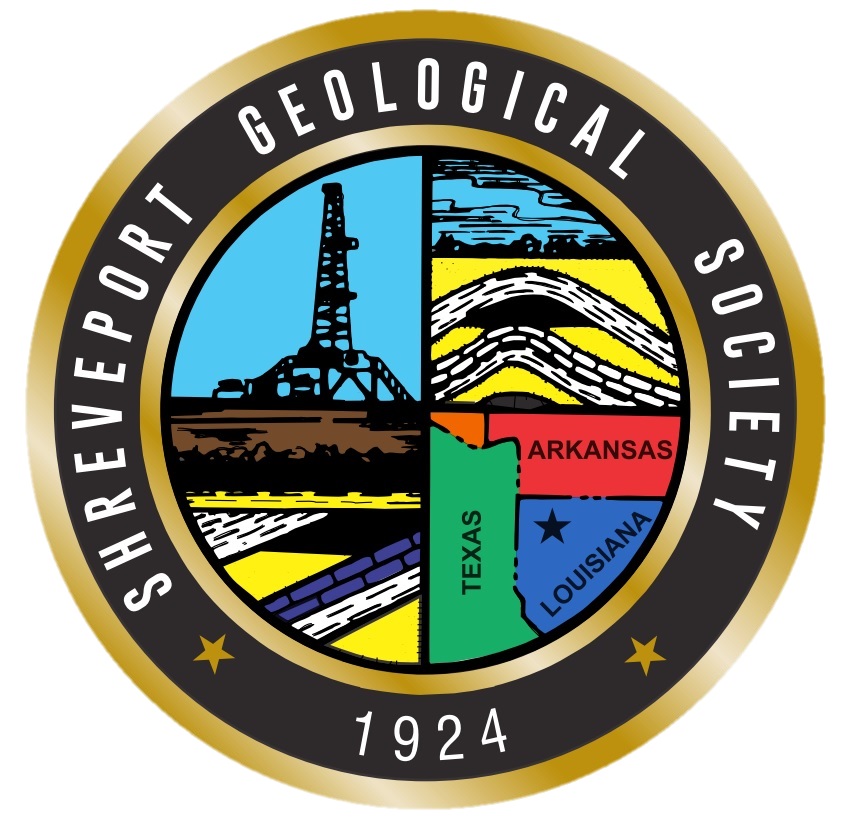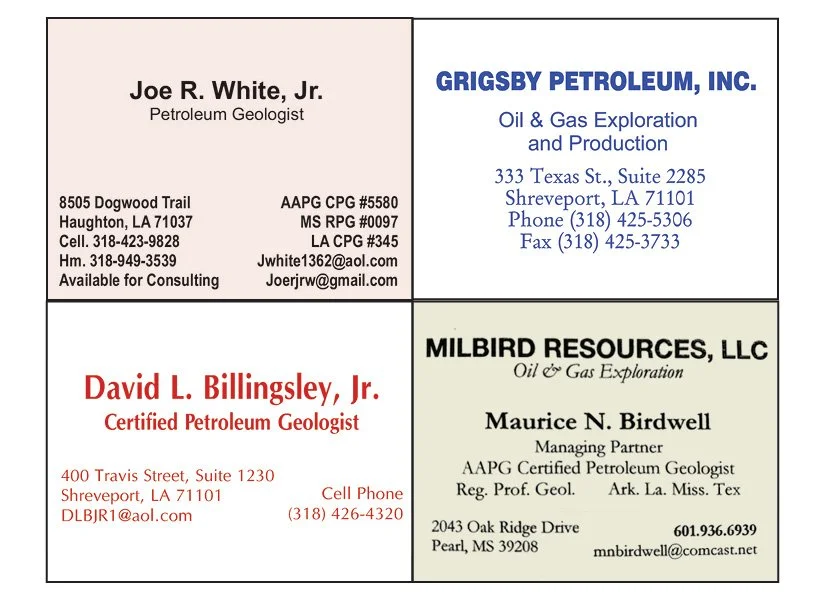Overview of the Navigable Waters Protection Rule - David Ray Williamson, SGS Environmental Committee Chairman - April 2020
/US ENVIRONMENTAL PROTECTION AGENCY AND DEPARTMENT OF THE ARMY NAVIGABLE WATERS PROTECTION RULE
Overview of the Navigable Waters Protection Rule
David Ray Williamson – SGS Environmental Committee Chairman
Congress, in the Clean Water Act, explicitly directed the U.S. Environmental Protection Agency (EPA) and the Department of the Army (Army) to protect “navigable waters.” Section 404 of the Clean Water Act for purposes of regulating wetlands only mentions protection of “waters of the United States”, but did not define them. This caused decades of confusion and legal disagreement among those regulated by the Clean Water Act and by those who regulate the Act. This resulted in numerous lawsuits, several of which were heard by the US Supreme Court in 2001 and 2006. It has also caused delays and increased costs for those whose plans for development caused unavoidable impacts to wetlands.
Businesspersons, including local land developers, contributed comments to President Trump after he was elected and pleaded for clarification of the regulation of wetlands and streamlining of the process to make it more expeditious and less of an obstacle to development.
In an effort to clarify the regulation of wetlands under the Clean Water Act, President Donald Trump issued Executive Order 13778 Restoring the Rule of Law, Federalism, and Economic Growth by Reviewing the “Waters of the United States” Rule on March 3, 2017. The Executive Order directed the EPA and the Army to publish a proposed rule rescinding or revising the existing waters of the United States Rule.
On January 23, 2020, the EPA and the Army finalized the Navigable Waters Protection Rule to define “waters of the United States”. The Rule replaces the President Obama-era redefinition of the “waters of the U.S.” (known as WOTUS), which was repealed in September 2019, fulfilling a campaign pledge by President Trump. The agencies are working to streamline the definition so that it includes four simple categories of jurisdictional waters (waters subject to regulation), provides clear exclusions for many water features that traditionally have not been regulated, and defines terms in the regulatory text that have never been defined before. The new Navigable Waters Protection Rule regulates these waters and the core tributary systems that provide perennial or intermittent flow into them.
The new Rule reflects legal precedent set by key Supreme Court cases as well as robust public outreach and engagement, including pre-proposal input and more than 600,000 public comments received on the proposed new rule.
The Navigable Waters Protection Rule outlines four categories of waters that are considered “waters of the United States.” These four categories, summarized below, protect the nation’s navigable waters and the core perennial and intermittent tributary systems that flow into those waters.
Territorial seas and traditional navigable waters, such as large rivers (i.e., the Mississippi River) and lakes (i.e., the Great Lakes).
Tributaries, including perennial and intermittent rivers and streams that contribute surface flow to traditional navigable waters in a typical year. These waters must flow more often than just after a single rainfall event. Under the new Rule, smaller streams and upstream and ephemeral and water bodies may still be regulated by the states. This matter is left up to the individual states.
Lakes, ponds, and impoundments of waters that are subject to regulation by EPA and the Army.
Adjacent wetlands - Wetlands that physically touch other waters subject to regulation are “adjacent wetlands”. Wetlands inundated by flooding from a “water of the United States” in a typical year are “adjacent”.
The final rule also outlines what are not “waters of the United States”. The following is a list of some of the waters/features, which are not jurisdictional under the new Rule:
Waterbodies that are not included in the four categories of “waters of the United States” listed above. If it not identified as jurisdictional in the final rule, it is not a jurisdictional water under the Clean Water Act.
Groundwater - including groundwater drained through subsurface drainage systems, such as drains in agricultural lands.
Ephemeral features - including ephemeral streams, swales, gullies, rills, and pools.
Diffuse stormwater run-off and directional sheet flow over upland.
Many farm and roadside ditches (Note: This is to be clarified).
Artificial lakes and ponds, including water storage reservoirs and farm, irrigation, stock watering, and log cleaning ponds, constructed or excavated in upland or in non-jurisdictional waters.
The final Navigable Waters Protection Rule becomes effective 60 days from its publication in the Federal Register. Once effective, it will replace the rule published on October 22, 2019.
Regardless of your political views, the new Rule illustrates that your vote matters. If you have concerns and issues contact your local congressional representative and/or write the President to express your opinion.
FOR MORE INFORMATION PLEASE SEE:
See the photo appendix to the NWPR Overview Factsheet for illustrative examples of applying the Navigable Waters Protection Rule: https://www.epa.gov/nwpr/navigable-watersprotection-rule-factsheets
Additional fact sheets along with copies of the final rule and supporting analyses are available on EPA’s website at https://www.epa.gov/nwpr.






































